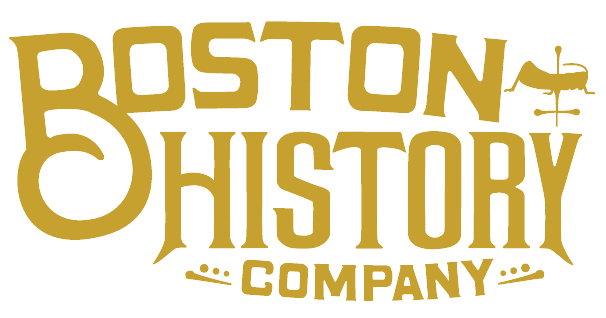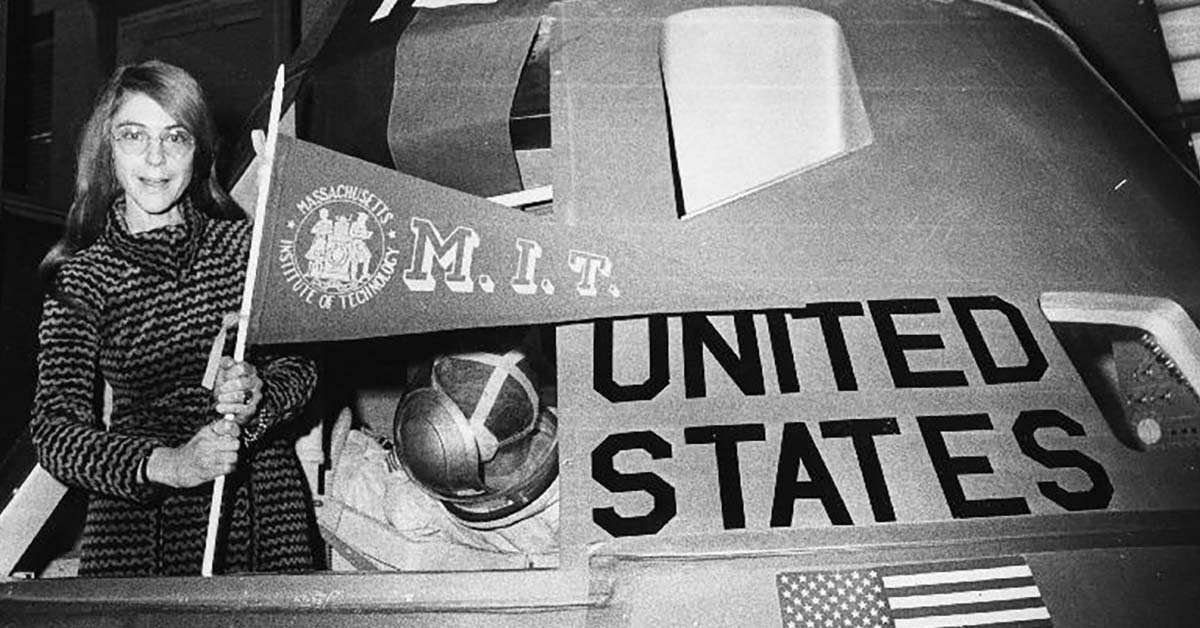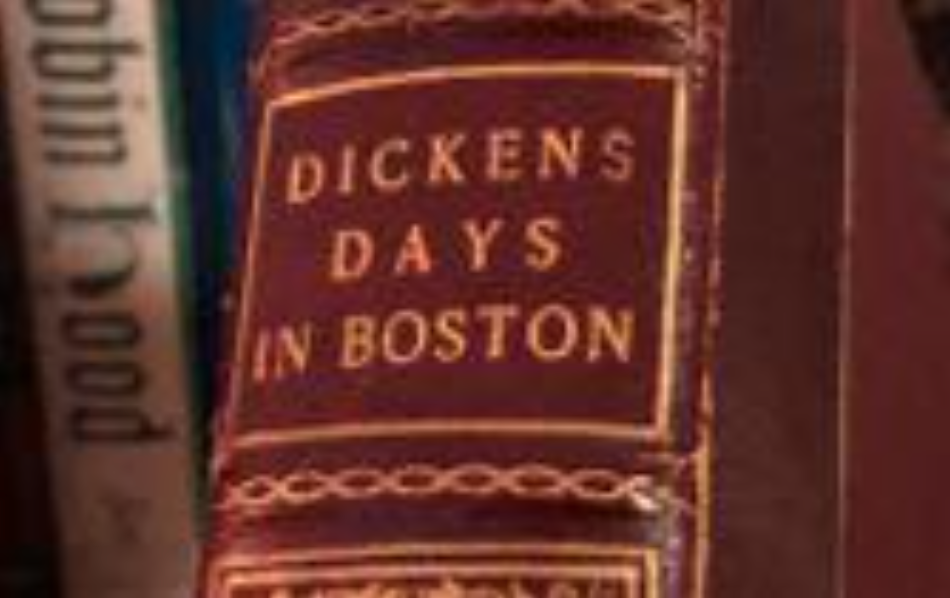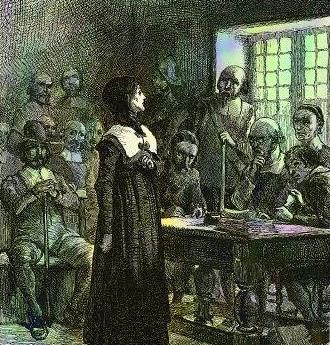In September 2021, my husband and I were making our way back to Boston from a little trip to Vermont. We were meandering down route 7A, enjoying being in the mountains, appreciating the first glimpses of fall foliage, and both on the knife’s edge of hangry. We had been taking our time on the road, stopping here and there at bookstores and overlooks, with our eventual sites set on the town of Bennington. There was a house there we wanted to see. We’d found it on Zillow and neither of us could quite get it out of our minds. And you know, if you might buy a house in a place you’ve never been, you should probably make sure they have someplace nice for lunch. So we weren’t going to stop before Bennington, and, being as hungry as we were, were beginning to fear we would never find it. We’d come through a nice little town called Arlington, and the lovely trees were beginning to seem hateful, when finally, we rounded a bend and saw our destination.
Now Bennington, VT does not have a skyline exactly, skylines aren’t much of a thing up here in the Green Mountain State. There is a lovely little downtown, which was once a bustling tourist gateway before the 279 bypass went in in the 1970s (taking all the tourists and their money north to Manchester). Main Street is quieter now than it once was, but still eminently charming with a number of delightful inns, restaurants, and shops, but it certainly isn’t visible until you’re practically in the middle of it. No, our signal that we were soon to arrive in Bennington was: The Monument.
If you’ve ever driven through, or past, or just in the vicinity of Bennington, you can no doubt picture it now. The great Bennington Battle monument is the tallest building in the state of Vermont. At 306 feet, 4 ½ inches tall (taller than the Statue of Liberty on her plinth!), the nearly 19,000,000 pound magnesian limestone obelisk dominates the surrounding vista. Hiland Hall, 25th governor of Vermont, spearheaded the construction of the beheamouth in 1876, and famously said of the project, “a smaller monument would remain unknown to the world and would dwindle into an obscure art gallery.” No small obelisks for Governor Hall.
The thing is big. And after we’d enjoyed a fantastic lunch at the charminly named Your Belly’s Deli, it occurred to us to wonder…why? Why in the world does a town of less than 16,000 folks in the southwest corner of Vermont need such a BIG monument?
To commemorate the battle of course. That pivotal battle of the Revolutionary War, the Battle of Bennington.
…
Have you ever heard of the Battle of Bennington? Yeah, I spent ten years giving tours of Revolutionary history in and around Boston, reading piles of books on the history of that particular war in New England, and even if I did come across it, it sure didn’t stick. If you think of Revolutionary Battles fought in 1777, you will undoubtedly first think of the siege and surrender of Fort Ticonderoga (early July, 1777) or the second battle of Saratoga (October 7, 1777) when British General Gentleman Johnny Burgoyne surrendered his army to General Horatio Gates. It was at this battle that the infamous Benedict Arnold sustained the leg injuries that would keep him out of combat- perhaps leading to the eventual turning of his coat. (A couple of my favorite stories in our Cambridge tours centered on Burgoyne and his army while they were being held as prisonoers of war near Harvard Square- perhaps a tale or two for another day.) The Battle of Bennington fell right between those two more famous engagements, on August 16th, 1777.
After gaining control of Fort Ticonderoga (on the New York side of Lake Champlain) in July, Gentleman Johnny started moving his sizable army (comprised of not only British and loyalist, but also Native American and German mercenary troops) down towards New York’s capital in Albany. The plan was to cut New England off from the rest of the colonies, and he was, no doubt, feeling pretty confident after his success in retaking the fort. It didn’t take long, however, for Burgoyne’s luck to change. His regulars met about 1200 American soldiers just across the border in Hubbardton, Vermont. Burgoyne’s folks technically carried the day, but that little battle, the only one fought entirely in Vermont, seriously taxed his supplies. And that, folks, is where Bennington enters the picture. You see, Burgoyne had heard that the good people of Bennington had a pretty sizeable store of military supplies, and decided it would be a good idea to make a quick stop there to restock on his way to Albany.
The brand new Republic of Vermont (founded on January 15th, 1777), got wind of Burgoyne’s planned shopping trip and panicked, calling on their rough and tumble neighbor, New Hampshire for help. While the British forces were marching the 75 miles south from Hubbardton, the two states had just enough time to scrounge up 2,000 (mostly untrained) volunteers to go and cut the British army off before they could reach Bennington. Thanks to a heavy rain storm, the Bennington troops managed to surround the British near the Walloomsac river in Hoosick Falls, New York, a mere five miles from the coveted store house, ultimately defeating the would-be arsenal robbers. This victory not only saved Bennington’s stores, but also allowed the Americans to seize a good chunk of the supplies Burgoyne’s forces had remaining. And so, by the time Burgonye’s troops made it to Saratoga, they were missing quite a few men and a lot of their stuff. Which makes it just a bit harder to win battles. Just about a century later, the aforementioned GIANT monument went up on the site of the Bennington storehouse where it stands to this day, keeping a watchful eye on Vermont, New York, and Massachusetts.
My husband and I moved to Vermont a little less than a year after that first trip. As it turns out, since 1780, Bennington Battle Day has been a Vermont state holiday, celebrated every year on August 16th. It’s a big deal around here. There are parades, reenactments…even theatrical events. It was through this last, (as an actor who happens to speak a little German and who had their own colonial kit, it seems I was an easy casting choice!) that I finally learned the story of the Battle of Bennington through the eyes of A.M.F Muhlenfeld, wife of a Hessian soldier. Carl Muhlenfeld was one of about 30,000 soldiers brought from the territories of Hessen-Kassel and Hessen-Hanau to fight alongside the British in their North American colonies. He died on the field at Bennington, a letter from his wife Anna Maria tucked in the breast pocket of his coat.
Anna Maria’s letter has ended up in the collections of the Massachusetts Historical Society, which is where it was found by a Vermont writer working on a theatrical piece for Bennington Battle Day. After living in my new home town for over a year, constantly watched over by the mighty obelisk, Anna Maria and her letter piqued my interest in the story of the Battle of Bennington far more than Hiland Hall and his huge moment ever could. There are, after all, many windows into history.
-Caitlin Angell
More Blogs
- Boston Historical Tours
All Blogs Hat Tip to the LOLs The remarkable tale of Margaret Hamilton is one of the highlights of our Innovation Tour. Hamilton was Director of Software Engineering for NASA’s Apollo program.
- Boston Historical Tours
All Blogs Hat Tip to the LOLs The remarkable tale of Margaret Hamilton is one of the highlights of our Innovation Tour. Hamilton was Director of Software Engineering for NASA’s Apollo program.
- Boston Historical Tours
All Blogs Dickens and a Christmas Carol Come to Boston A long time ago, longer than I would care to admit, I was asked to develop a Christmas themed tour for a
- Daniel Berger-Jones
All Blogs Anne (Marbury) Hutchinson Anne Hutchinson, puritan, wife, mother, midwife and top notch rabble-rouser. If you’ve never heard of her, it’s not your fault, probably… Anyway, I don’t know if she



